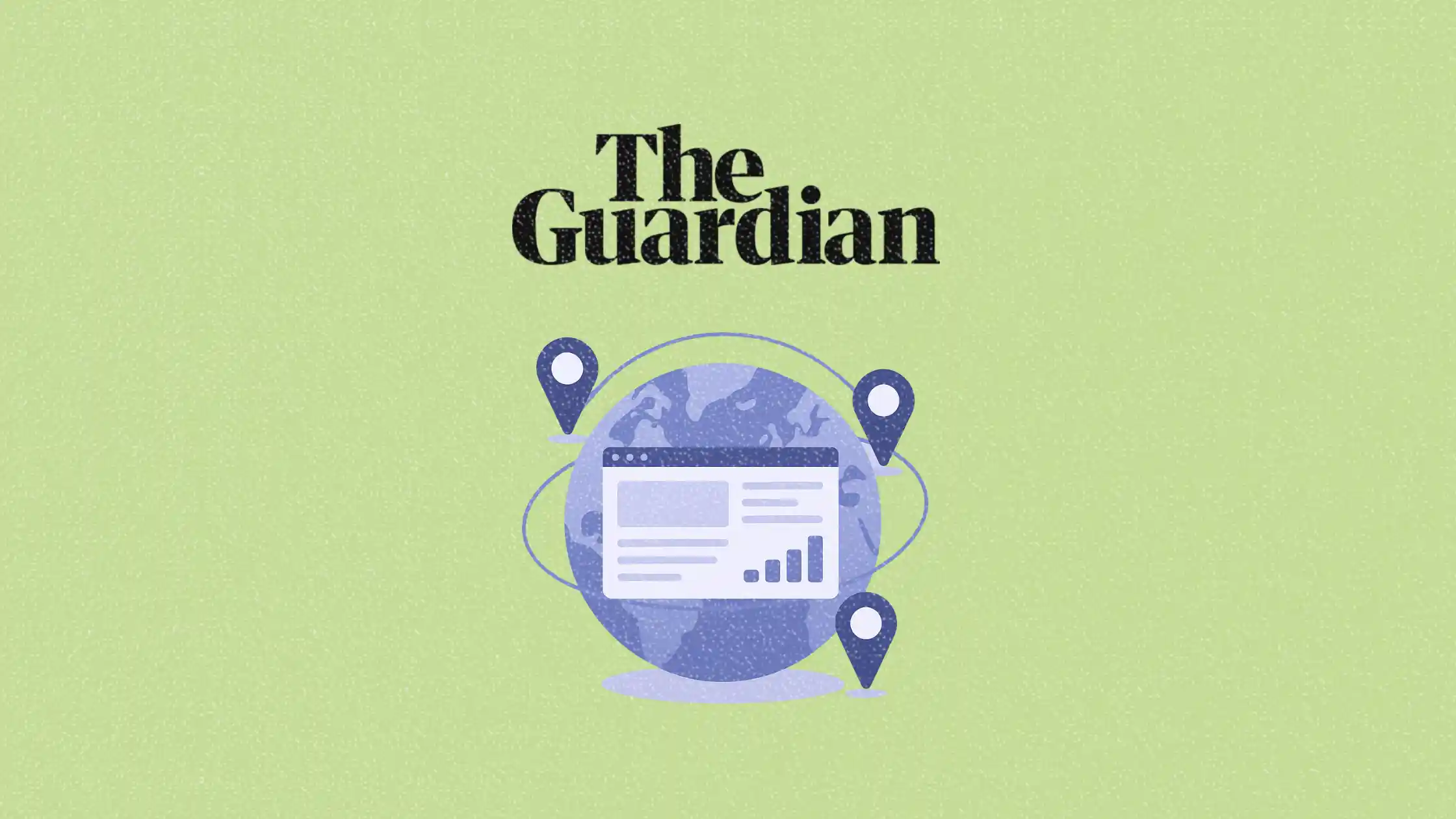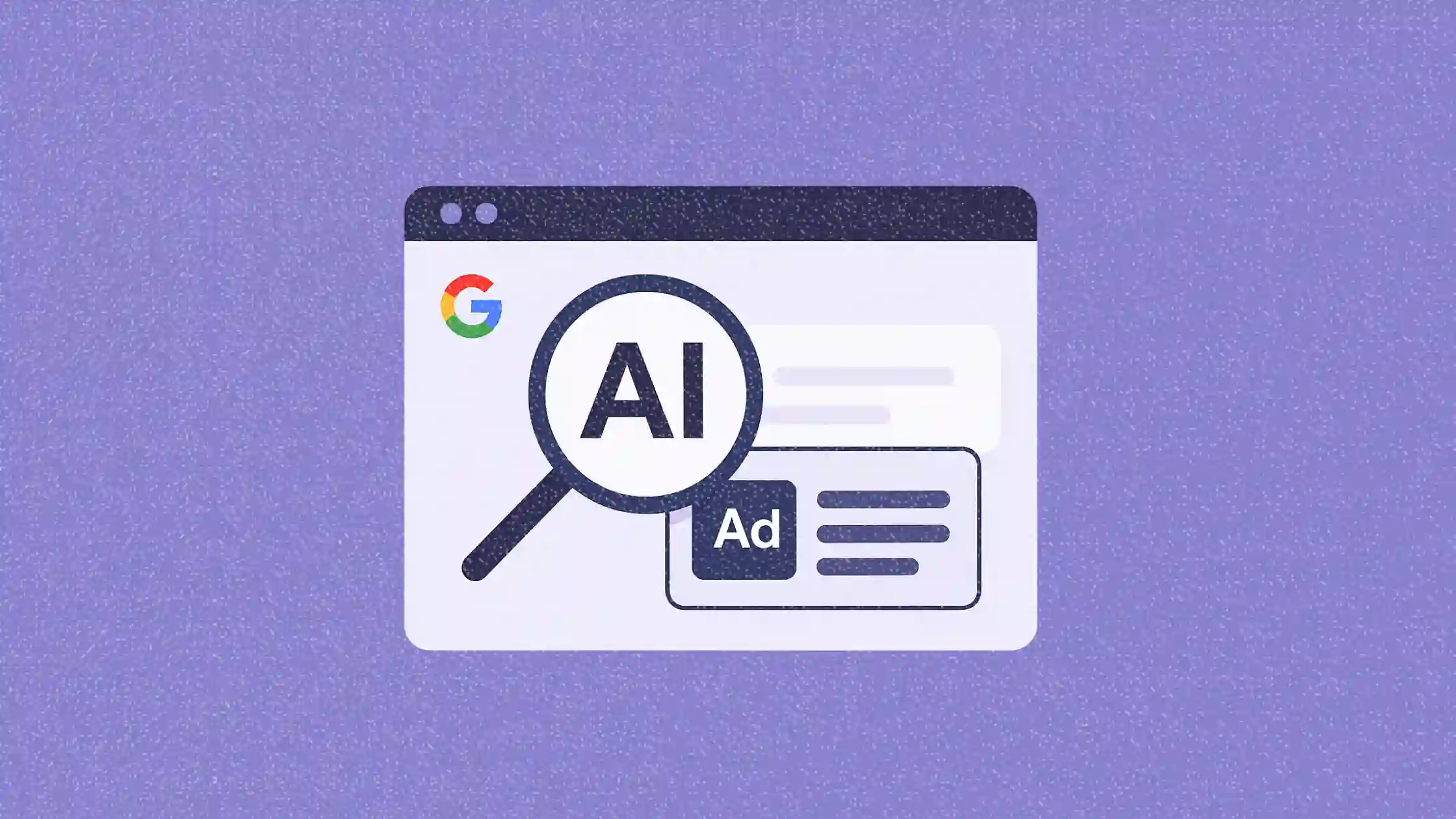The Guardian unifies programmatic ad ops to simplify global buys
The Guardian merges US, UK, and Australia ad teams to streamline curation and reduce friction for global buyers

While many publishers are still untangling the complexities of open web monetization, The Guardian is doubling down on programmatic curation.
The publisher has unified its programmatic advertising operations across the US, UK, and Australia, aiming to create a more seamless buying experience for global advertisers.
This article explores why The Guardian made this move, how it fits into their broader monetization strategy, and what marketers should take away from the publisher's shift toward unified private marketplaces.
Short on time?
Here’s a table of contents for quick access:
- Why The Guardian unified its ad ops teams
- Why private marketplaces are at the center of this strategy
- What marketers should know about buying from premium publishers now

Why The Guardian unified its ad ops teams
The Guardian’s latest structural move brings together its programmatic advertising teams from three major markets into a single global unit of around 22 people. This isn't a cost-cutting measure—there were no layoffs or restructures involved—but a strategic play to simplify the ad buying process across borders.
According to Dave Strauss, Vice President of Revenue Operations and Strategy, the goal is to eliminate the friction that comes from fragmented processes. Instead of buyers navigating different regional sales teams, platforms, and pricing structures, The Guardian now offers a unified access point to its inventory.
"We have over 9 million daily users globally, but how do we unlock that scale for buyers?" said Strauss. “If there’s one door, one access point, it’ll make their lives easier.”
The change also enables more consistent campaign execution across markets, a key advantage for advertisers seeking brand alignment across regions.
Why private marketplaces are at the center of this strategy
The Guardian’s bet on curation reflects a growing trend among premium publishers seeking to insulate themselves from the volatility of open marketplaces. By leaning into private marketplace (PMP) deals, the publisher not only boosts CPMs—reportedly growing at “extremely high rates”—but also secures more predictable revenue.
Curation allows SSPs to package premium inventory more effectively, creating environments where brands can target more precisely and with greater transparency. As Strauss put it, “It’s SSPs making content more targetable, and that helps marketers. For us, it means more quality demand in the system.”
Jamie MacEwan, a Senior Analyst at Enders, noted that PMPs are becoming “the cornerstone of premium publishers’ strategies,” citing higher yields and better client service compared to open auctions.
However, transparency around curation take rates remains a concern across the industry. Strauss acknowledged this but expressed optimism, saying that SSPs are becoming more transparent, and that continued partnership is key to maintaining trust and professionalism.

What marketers should know about buying from premium publishers now
- Expect less friction in global buys
If you’re running multi-market campaigns, The Guardian’s new setup means fewer hoops to jump through—think single entry points, consistent pricing, and unified execution.
- Curated deals are gaining power
With higher yield and better targeting, PMPs are quickly outpacing open auctions in strategic importance. Brands looking for scale with control should prioritize publishers leaning into curation.
- The SSP landscape is evolving
Transparency is improving, but it’s still buyer beware. Marketers should ask hard questions about fees, inventory packaging, and audience visibility when working through curated marketplaces.
- This is a signal for industry-wide consolidation
The Guardian’s move might inspire similar consolidation efforts from other publishers struggling with internal silos and inconsistent ad tech stacks. This could create new efficiencies—and new expectations—for buyers.
In an increasingly AI-driven and automated ad landscape, publishers that fail to simplify access and amplify scale risk being left out of the conversation.
The Guardian’s unified programmatic team is more than an internal cleanup—it’s a strategic pivot to stay competitive in a curated future.
For marketers, this shift means better access to premium inventory with fewer headaches—but it also means staying alert to the evolving dynamics of curated programmatic, and what they mean for brand safety, spend efficiency, and audience reach.





